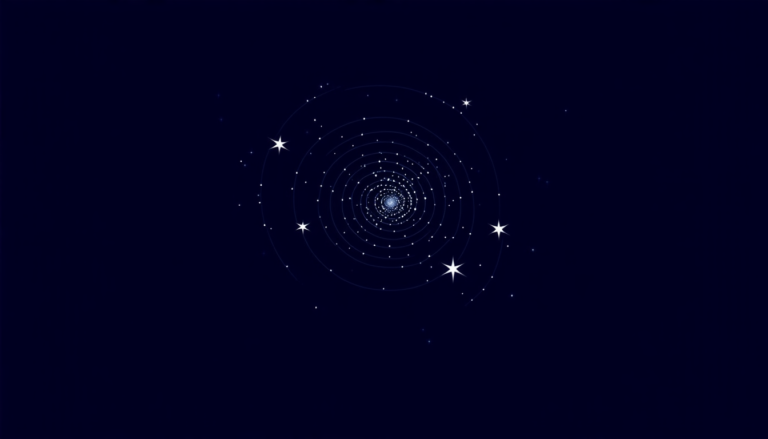Monday 08 September 2025
A team of astronomers has made a significant breakthrough in understanding the behavior of binary star systems, shedding new light on how these celestial bodies interact with each other.
By analyzing data from the European Space Agency’s Gaia spacecraft, researchers were able to study the rotation rates of stars in short-period binary systems. These binaries are particularly interesting because they are thought to be synchronized, meaning that their orbital period and rotation period are identical.
The team used a statistical technique called Markov chain Monte Carlo to model the distribution of these binary star systems. They found that the rotation rate of the primary star in each system is inversely proportional to its orbital period, which is consistent with the idea of synchronization.
But what’s even more intriguing is that the study suggests that there may be a systematic offset between the measured rotation rates and those predicted by theory. This could be due to various factors, such as the inclination of the stellar rotation axis or the presence of other stars in the system.
The findings have important implications for our understanding of binary star systems. For example, they suggest that tidal interactions – the gravitational forces that arise when two stars are close together – may play a more significant role in shaping the behavior of these systems than previously thought.
The study also highlights the power of large-scale astronomical surveys like Gaia, which have the capability to collect vast amounts of data on celestial objects. This data can then be analyzed using sophisticated statistical techniques to uncover new insights and patterns that might not be apparent from individual observations.
Overall, this research provides a fascinating glimpse into the complex dance of binary star systems, and it has the potential to revolutionize our understanding of these cosmic phenomena.
Cite this article: “Unraveling the Secrets of Binary Star Systems”, The Science Archive, 2025.
Binary Stars, Gaia Spacecraft, Markov Chain Monte Carlo, Synchronization, Stellar Rotation, Orbital Period, Tidal Interactions, Astronomical Surveys, Statistical Technique, Celestial Objects







